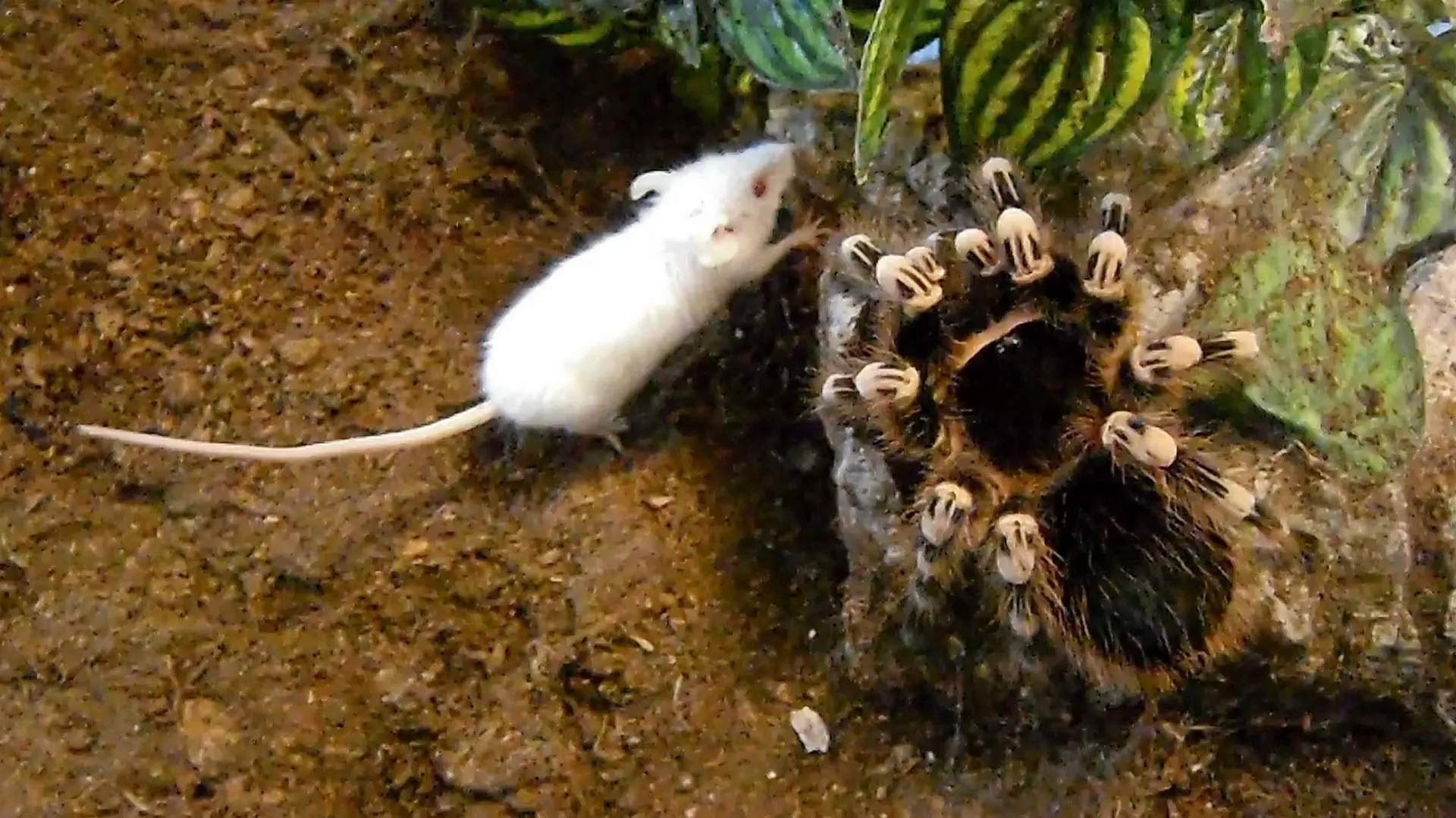What is a Tarantula and Its Diet
Tarantulas are large, hairy spiders belonging to the Theraphosidae family, known for their impressive size and diverse appearances. Found in various habitats worldwide, from deserts to rainforests, these arachnids have captivated both scientists and enthusiasts alike. Their diet is a fascinating aspect of their life, with the mouse being an occasional meal for these spiders. This blog post delves into the intriguing world of tarantulas, specifically focusing on their feeding habits, including the surprising role of mice in their diet. We will explore the basics of tarantulas, why they might choose to eat a mouse, how they hunt and consume their prey, and the nutritional benefits and potential risks involved.
Tarantula Spider Basics
Tarantulas are generally nocturnal creatures, most active during the night when they hunt for food. They possess eight legs, two chelicerae (mouthparts), and a body divided into two main parts the cephalothorax and the abdomen. Their bodies are covered in tiny hairs, which serve as sensory organs, helping them detect vibrations and movement in their environment. These spiders vary greatly in size, with some species having a leg span of less than an inch, while others can reach up to 12 inches. Coloration also varies widely, from earthy browns and blacks to vibrant blues, oranges, and reds. Their venom, while potent, is usually not life-threatening to humans, but their bite can be painful.
Tarantula Spider Diet
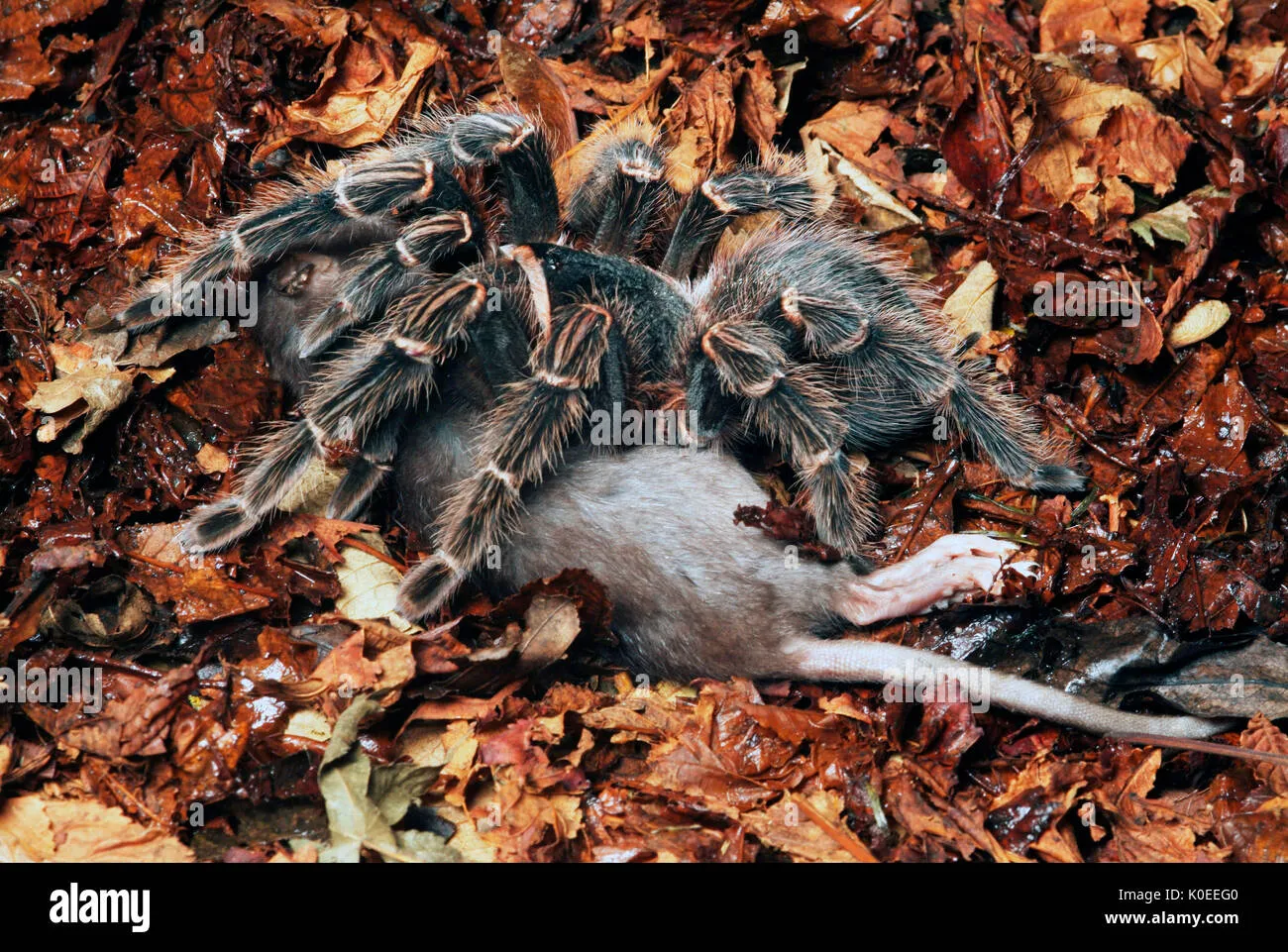
The diet of a tarantula typically consists of insects, such as crickets, mealworms, and cockroaches. They are ambush predators, waiting patiently for prey to come within striking distance. However, larger tarantulas can take down bigger prey, including small lizards, frogs, and even small birds. The mouse, while not a regular part of their diet, can be an occasional meal, especially for larger species or in environments where other food sources are scarce. Their feeding habits are largely dictated by their size, habitat, and the availability of prey. A well-fed tarantula is a happy tarantula, and ensuring they have the right diet is crucial for their health and longevity.
Why Tarantulas Eat Mice
While insects form the staple of a tarantula’s diet, mice occasionally become a meal. The primary reason is the nutritional value mice offer, providing a significant source of protein and other essential nutrients that can benefit a tarantula’s growth and overall health. Moreover, mice can be easier to catch than some other prey, particularly in environments where insects are scarce or tarantula is larger and can overpower a mouse. The act of eating a mouse is also influenced by the spider’s size, species, and habitat. In captivity, feeding mice can be a controlled way to provide varied nutrients, while in the wild, it often depends on opportunity and need.
Nutritional Benefits for Tarantulas
Mice offer a wealth of nutrients for tarantulas, playing a role in their overall health. The protein content in mice is significantly higher than in many insects, providing essential amino acids needed for muscle growth and tissue repair. Additionally, mice provide fats and other vitamins, helping maintain energy levels and support various bodily functions. The calcium content in mice also aids in the development of their exoskeleton. Feeding a tarantula mice is a way to provide a more varied and nutrient-rich diet, supporting robust health and vitality. However, it’s crucial to understand the potential risks and ensure this practice is done responsibly.
The Mouse’s Role in a Tarantula’s Diet
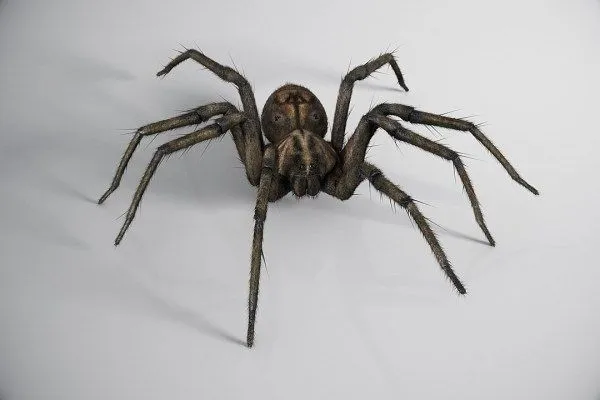
The mouse’s role in a tarantula’s diet can be a significant one, especially for larger species or in captive environments where other food sources might be less accessible. Mice provide a substantial meal, satisfying the tarantula’s nutritional needs and giving them an energy boost. Mice offer a change of pace from insects, providing a change in diet. This can have psychological benefits for the spider, mimicking the variety it would encounter in the wild. However, the frequency of feeding mice must be carefully managed to avoid health issues like obesity and digestive problems. Careful monitoring of the tarantula’s overall condition is essential.
The Hunting Process
Tarantulas are master ambush predators, utilizing strategic hunting techniques to capture their prey. Their hunting strategy and the mechanics of how they capture a mouse are crucial aspects of their survival. The tarantula’s method of hunting is a display of stealth and precision, reflecting the complex adaptations that have evolved over millions of years. Understanding their hunting process gives us a unique insight into their behavior and their crucial role in their ecosystems.
The Tarantula’s Hunting Strategy
Tarantulas have evolved several adaptations to become highly effective predators. They use their excellent sensory abilities, like vibration detection and the sense of touch, to detect the presence of prey, even in low-light conditions. They often lie in wait, hidden in burrows or concealed among foliage, patiently waiting for prey to come within striking distance. They also use their fangs to inject venom, which immobilizes the prey. This strategic approach, combined with their powerful build, allows them to successfully hunt and subdue prey much larger than themselves, including mice.
How Tarantulas Capture Mice
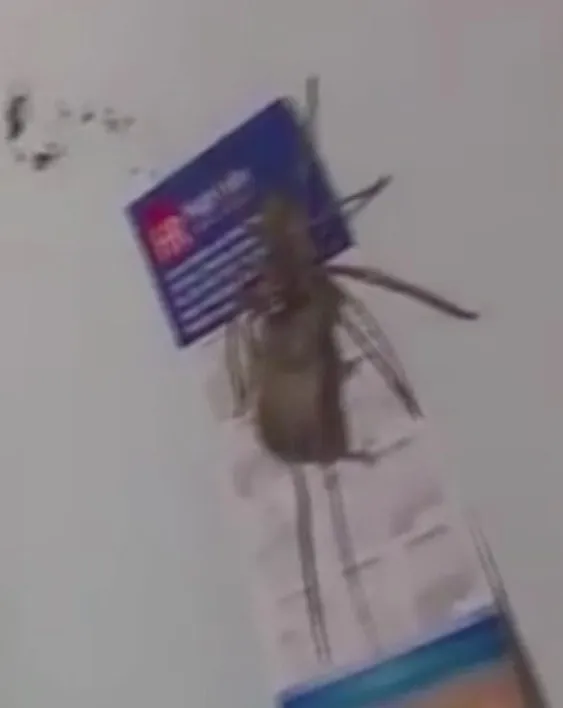
When a mouse ventures too close, the tarantula strikes with incredible speed and precision. They swiftly lunge forward, using their fangs to deliver a venomous bite. The venom paralyzes the mouse, making it easier for the tarantula to subdue. The tarantula then uses its chelicerae (mouthparts) to crush the mouse, and begin the process of feeding. This entire process happens quickly and effectively. Their hunting skills are key to their survival, helping them secure food and thrive in their environments. The strength and agility of tarantulas are evident in their hunting tactics.
The Eating Process
After the hunt is complete, the tarantula must consume its meal. How they consume mice, including their digestive process, is a fascinating example of their survival strategies. The process of eating is very efficient, designed to ensure the tarantula extracts the maximum nutrients. It is one of the many adaptations that make these spiders highly successful predators. This section explores the specifics of how tarantulas eat mice, highlighting the unique methods that are essential to their survival.
How Tarantulas Consume Mice
Tarantulas do not eat solid food. Instead, they use their chelicerae and fangs to break down the prey. They inject digestive enzymes into the mouse, liquefying its internal organs and tissues. The tarantula then sucks up the liquidized remains, leaving behind a ball of indigestible fur, bones, and other parts. This method allows them to absorb maximum nutrients without having to chew or swallow solid matter. They are quite effective in this method, utilizing their specialized anatomy to consume and process their prey efficiently. This eating process reflects their overall predatory nature.
Digestion and Absorption
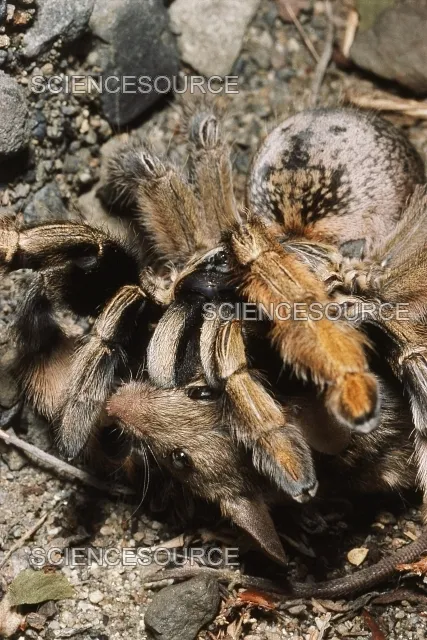
Digestion in tarantulas is a multi-step process designed to extract as much nutrition as possible from their food. Once the mouse is liquefied, the tarantula’s digestive system goes to work. The absorbed nutrients are then distributed throughout its body, providing energy for movement, growth, and other essential functions. The leftovers are expelled as waste. This efficient digestion process is key to the survival of tarantulas. They have evolved to extract maximum value from their food, enabling them to thrive in diverse environments. This highlights their unique place in the animal kingdom.
Potential Risks and Considerations
Feeding mice to tarantulas, while potentially beneficial, comes with risks and considerations. Understanding these risks is essential for responsible care. This involves addressing the potential challenges involved, and considering alternatives to mice in their diet to maintain the tarantula’s health and wellbeing. Careful monitoring of the tarantula’s health and an awareness of these challenges ensures that tarantulas are kept happy and healthy.
Challenges of Eating Mice
One of the main challenges associated with feeding mice to tarantulas is the risk of digestive issues. Overfeeding or feeding mice too frequently can lead to obesity and other health problems. Another concern is the possibility of parasites and diseases. Mice can carry parasites and diseases that could be transmitted to the tarantula. Therefore, if you decide to include mice in your tarantula’s diet, be sure to source them from a reputable supplier and ensure they are healthy. It is crucial to be aware of these challenges and make informed decisions to avoid any potential harm.
Alternatives to Mice in a Tarantula’s Diet
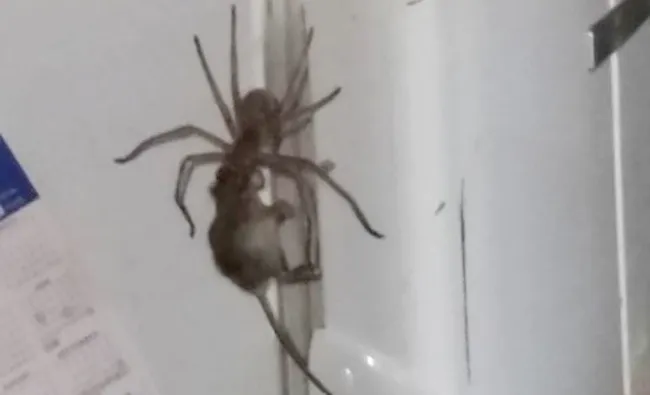
While mice can be a part of a tarantula’s diet, there are other alternatives that can provide the necessary nutrients while minimizing potential risks. Insects like crickets, mealworms, and cockroaches are all excellent food sources. They can be easily sourced, offer a varied diet, and are generally safer to feed. Supplementing their diet with these insects is generally recommended. A balanced and diverse diet, can greatly improve the health of a tarantula. The best approach is to consult with a veterinarian specializing in exotic animals to create a diet plan that meets your tarantula’s needs.
In conclusion, the tarantula spider eating mouse is a fascinating example of the varied and sometimes surprising dietary habits of these creatures. Understanding their diet, including the role of mice, provides valuable insights into their survival and behavior. While mice can offer nutritional benefits, careful consideration of potential risks is paramount. A balanced diet, including insects and other alternatives, is vital for the health and longevity of these amazing arachnids. By understanding their eating habits and taking steps to ensure their well-being, we can continue to admire and protect these fascinating creatures.
